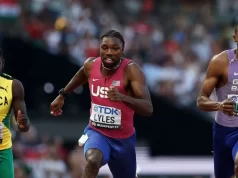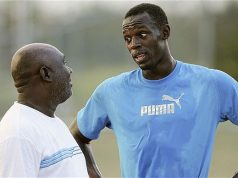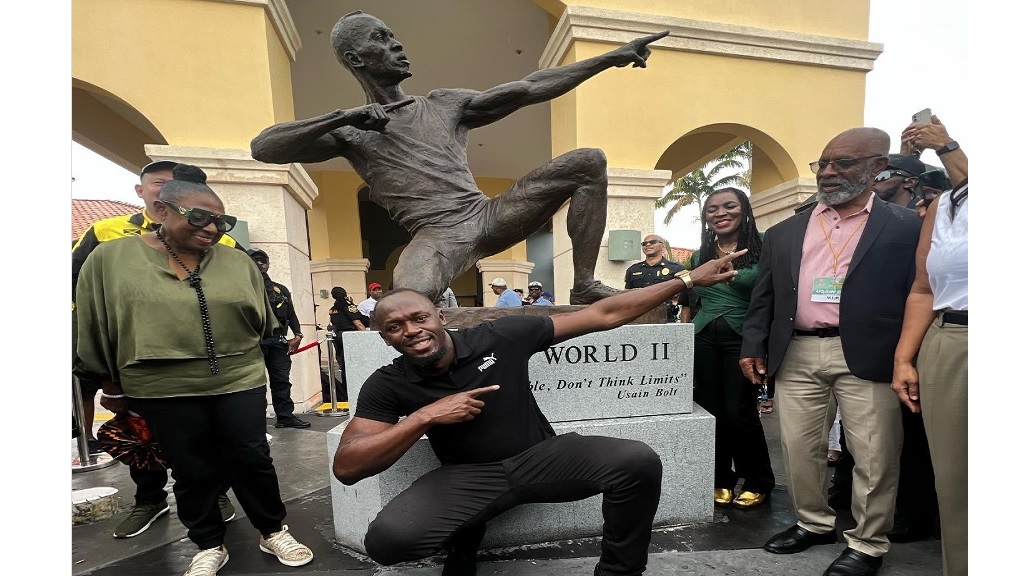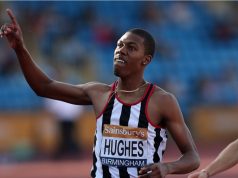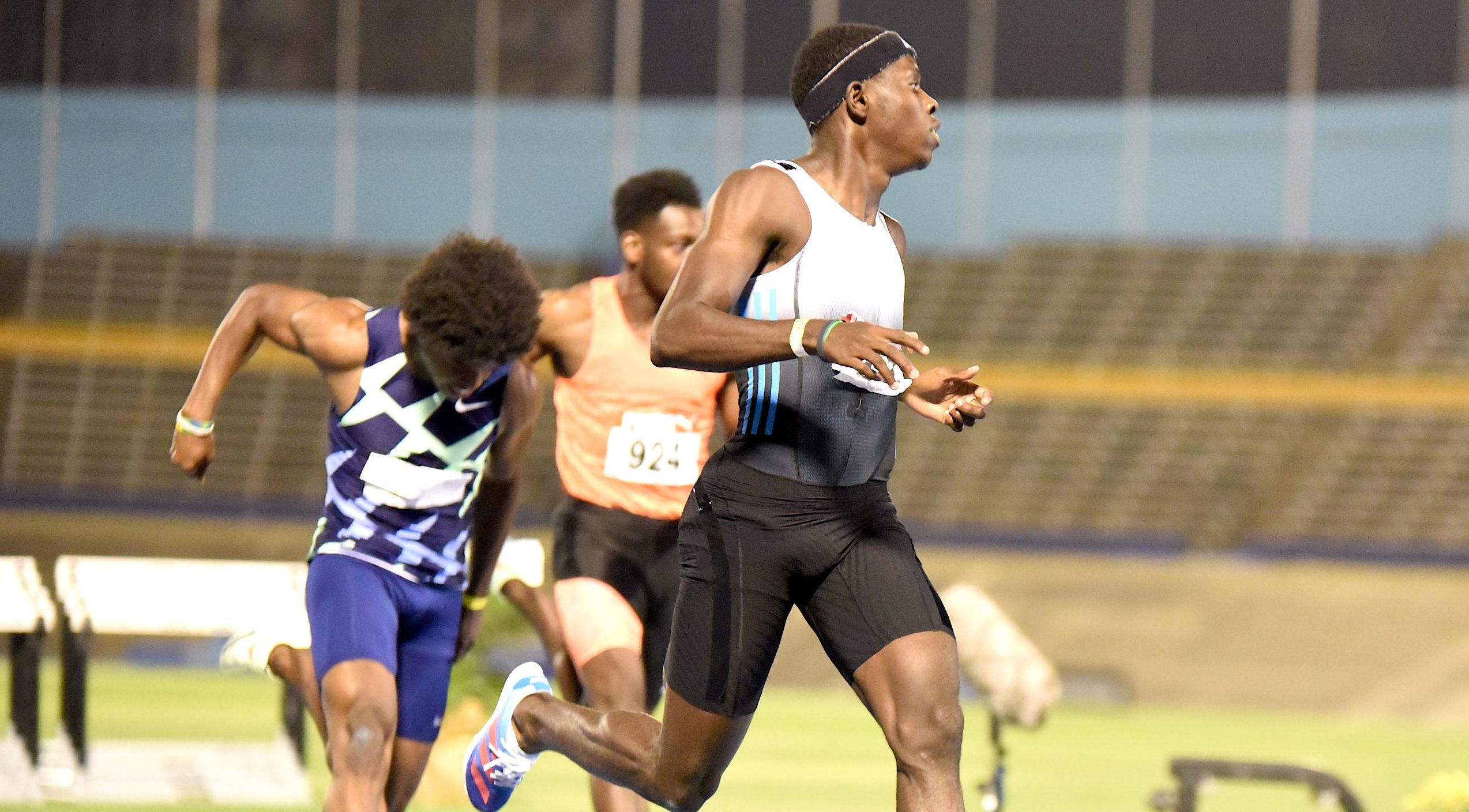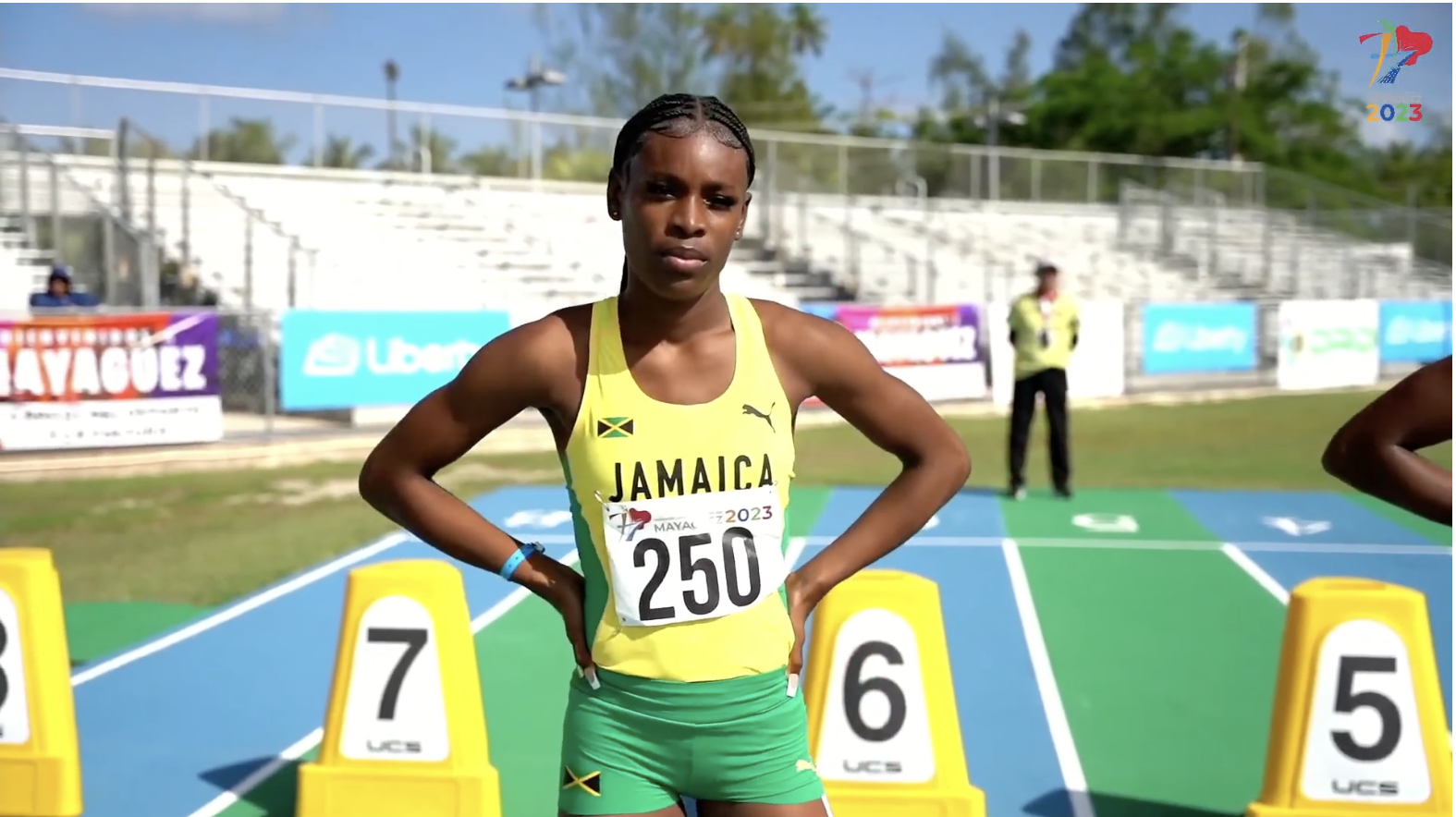By Robert Taylor, Special to Trackalerts.com
With background work underway for the upcoming 2015 track and field season culminating with another World Championship, I am inclined to look back on the past while waiting for the future to unfold. Using this 20/20 hindsight vision of mine I go back to Usain Bolt's teenage years to the present. When he was 15 years of age he won the 2002 world junior with a time of 20.61.
The following year he won the World Youth Championship with a time of 20.40 while running into a negative headwind of -1.1. Later in the year at the Pan Am Junior Championships, he ran a time of 20.13 which stands today as the world youth best and equal the then world junior record. With very few seniors running faster, many believed Bolt would be on the Jamaica 2003 world championship team and be in strong contention for a medal. The Jamaican Athletic Federation thought otherwise, and took the view that he was too young and had a lot of time ahead of him and did not see the need to put him under such a global spotlight and pressure at the age of 16.
2004 was the year of the Athens Olympics. Bolt ran a then new World Junior Games and Carifta Games record of 19.93. Incidentally it was the world leading time and he was one of two to run under 20 seconds for the year. Shawn Crawford the eventual Olympic 200m champion with a world best time of 19.79 was the other athlete to break 20 seconds for the year. The Olympic silver and bronze was 20.01 by Bernard Williams and 20.03 by Justin Gatlin respectively.
If we are to believe Bolt’s coach, when he ran the World Junior and Carifta Games record in the 200m, Bolt was not at his peak. He was being prepared for the Olympics. Unfortunately injury took place and Bolt training was curtailed. Bolt’s coaching staff did not understand why the healing process took as long as it did. The end result was that a relatively unfit Bolt ran at the Olympics and did not come out of the first round.
After the Athens Olympics, a coaching change was made and Glen Mills was asked to be Bolt's coach and mentor. Tests were done on Bolt and it was revealed that he had scoliosis (curvature of his spine). This was the primary cause of the hamstring injury issue. From there an exercise regimen was developed to strengthen his core and back to alleviate the negative effects of his condition and enhanced his ability to do the level of training necessary for a senior athlete to realize his/her potential. The first major championship under coach Glen Mills was the 2005 Helsinki World Championship.
The condition was wet and cold relative to what Bolt was accustomed to. He was awarded lane 1 for the finals and came off the bend with the leaders but stopped in the race claiming hamstring tightness. Coach Mills assessment was that immaturity was the reason. He said he instructed Bolt to go easy on the bend but his instruction was not followed.
In those early years, running with the top senior sprinters was not dominating for Bolt like he did at the junior level. The year 2007 we see the sign of Bolt turning it around and possible fulfilling the expectations placed on him. Many during that time fail to realize that Bolt was still a junior. At the Jamaican 2007 National Trials to select the team for the Osaka World Championship, Bolt won the 200m with a Jamaica record time of 19.75. At the Osaka world championship, Bolt came second running a time of 19.91 behind Tyson Gay who won with a time of 19.76. Incidentally, Tyson Gay who is a great turn runner (one of the best) and was the 100m champion with a time of 9.85 was led coming on the straight by Bolt.
Coach Mills said the reason why Bolt lost that 200m race was because he had injury issue after the Jamaica trials which affected his preparation for the World Championship. Unfortunately for Jamaica, Bolt ran the second leg on the 4x100m where his reluctance to run with baton in his left hand significantly affected the fluidity of the baton transfer. If Bolt had run the third leg Jamaica might have had a better chance to win the race instead of Powell coming from way back to get the silver for Jamaica. Interestingly we would have had an idea how fast Bolt was, but I guess it was not meant to be. All we had was Bolt leading Gay off the bend in the 2007 200m final.
That should have been enough to signal Bolt's 100m potential but none that I know of was clairvoyant enough to see it. The 2008 Jamaica International Invitational in May was the first we all came to see the true 100m potential of Bolt. At the junior level he was primarily a 200m and 400m runner and at the senior level all we saw were 200m races. He ran a couple 10.03 but few bother to take it serious. That 9.76 really open our eyes and many saw it as a shocking performance. The 9.72 at Icahn Stadium in New York City confirmed the 9.76 and shut up the naysayers. Regardless of what preceded Beijing Olympics, not many can say they were prepared for that 100m final performance. Not the way that 9.69 was run.
Going through Bolt’s history, we can all see the huge potential, based on his age at the time and care and patience taken by his coach to get him physically strong to overcome the problem of his spinal curvature. We can look at the 2007 200m, knowing how great a turn runner Tyson Gay is and see that Bolt beat him off the turn and judged that Bolt had genuine 9.8 speed at the time. The 9.69 makes the 9.58 predictable because of how the 9.69 race was run.
There is nothing to help us predict the way the 9.69 race would have been run. However, if we look on the 9.72 and the time of the year it was run compared to the time and the importance of the event the 9.69 was run, we can conclude that with some safety that a good/great coach would not have his athlete peak for a race in early June when the major event is in August.
If we look on the history of Glen Mills as a coach, the vast majority of his sprinters ran their fastest times in major championships especially when the condition is ideal for sprinters like it was in Beijing 2008. Going with 20/20 hindsight, Bolt's performances are explainable. In reality, no one could have seen the future like the way it unfolds. That is why so many are enthralled when Usain Bolt turns up at a meet. Fortunately we all did not have 20/20 hindsight vision because if we did we would not have been amazed as we are up to this day.
**The views expressed in this article are those of the author (Robert Taylor) and do not necessarily represent the views of, and should not be attributed to, Trackalerts.com.



